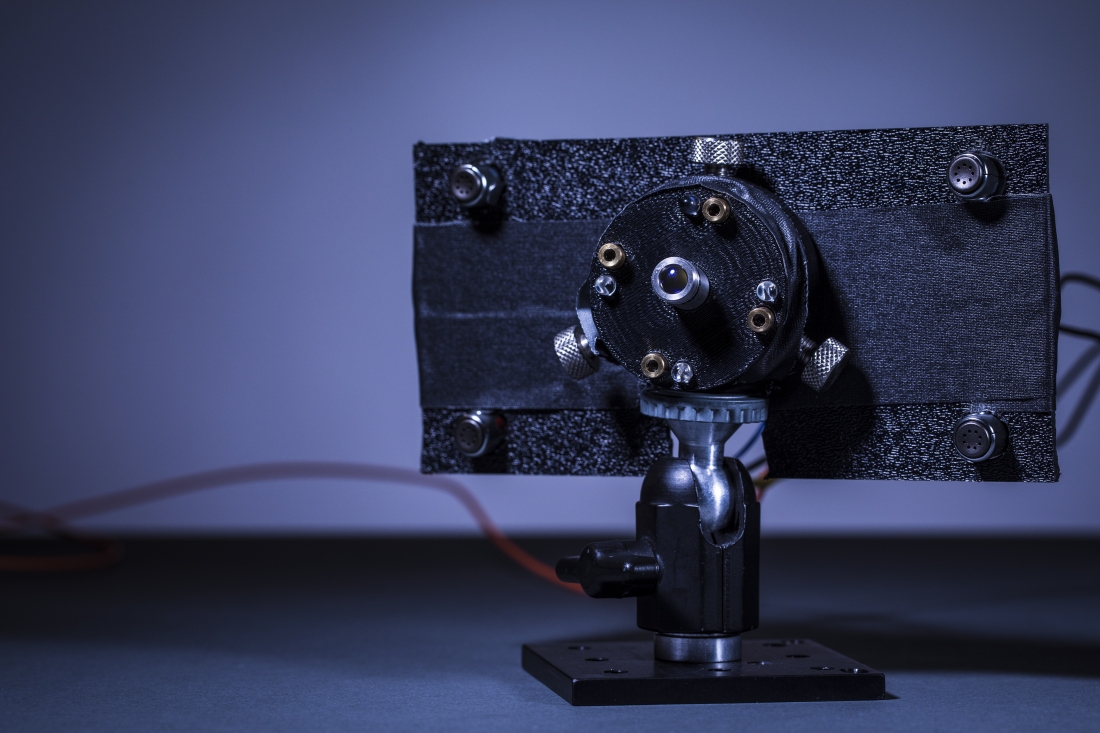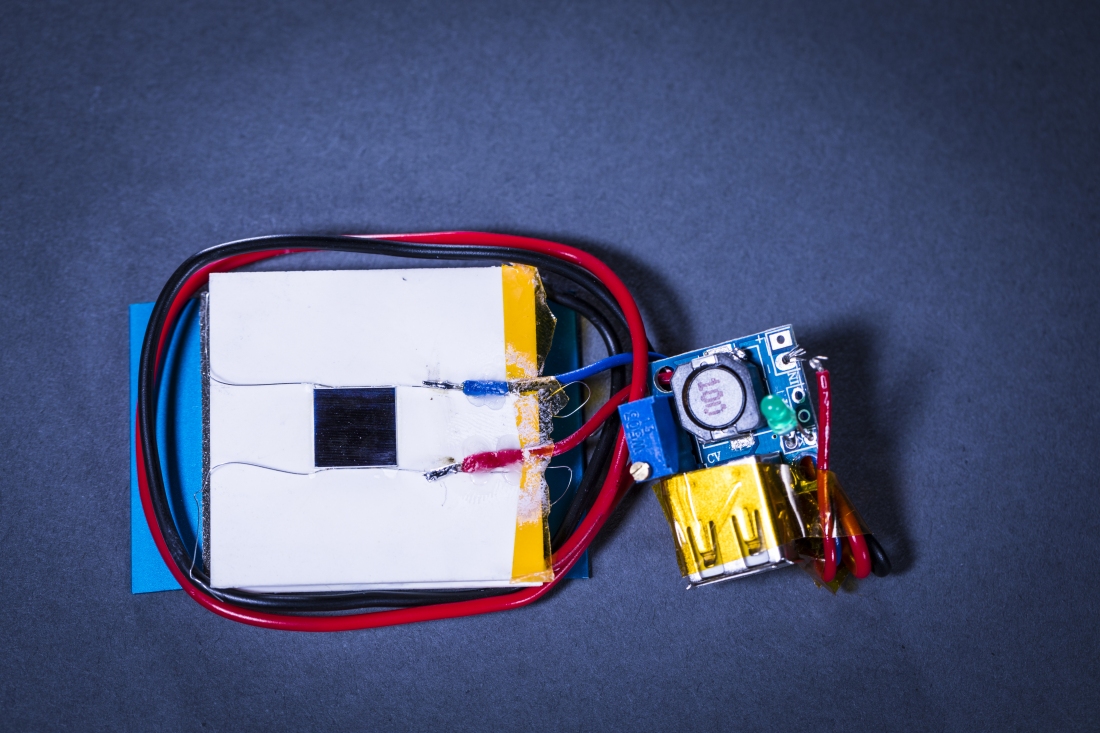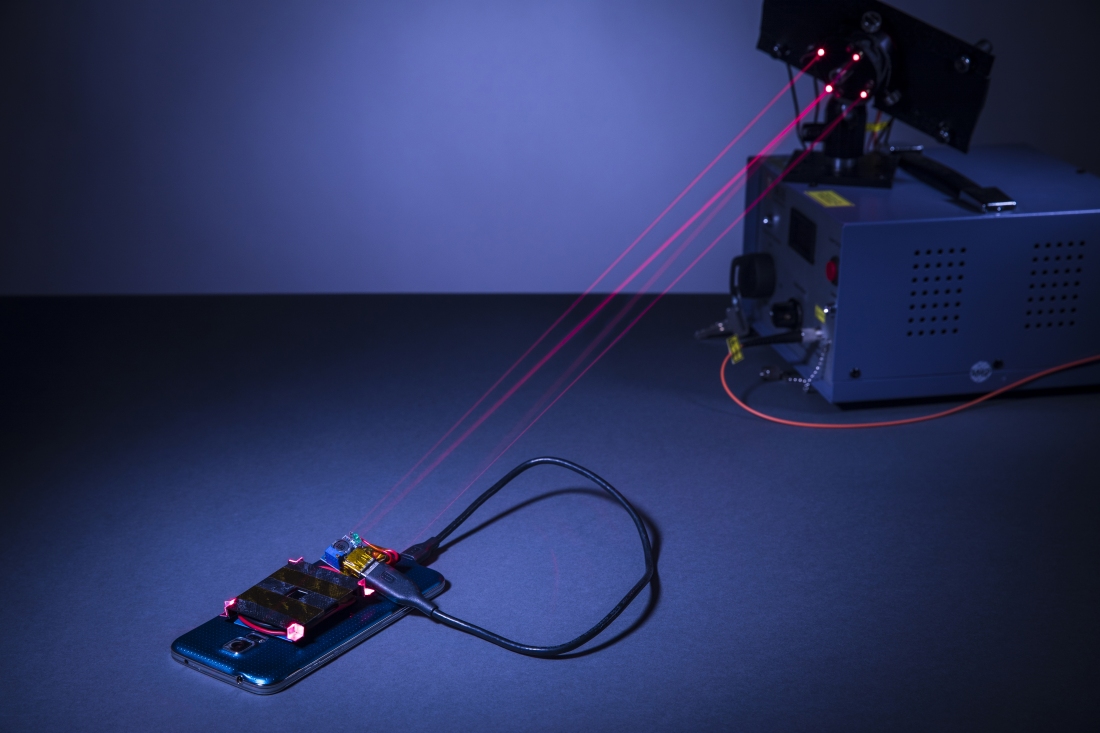Engineers at the University of Washington have demonstrated the ability to charge a smartphone wireless from across a room using a laser. It's far from a production-ready solution, mind you, but it could potentially steer the industry in the direction of true, contactless wireless charging.
The system, outlined in a paper published in the Proceedings of the Association for Computing Machinery on Interactive, Mobile, Wearable & Ubiquitous Technologies, utilizes a laser emitter configured to produce a focused beam in the near-infrared spectrum that's capable of delivering a steady 2W of power from a distance of up to 4.3 meters, or around 14 feet, to a smartphone equipped with a power cell on its back.
The beam's radius at that distance is around 15 square inches although it can be modified to cover an area of up to 3.25 feet at a distance of nearly 40 feet.
Safety was the team's primary focus, said co-author Shyam Gollakota, an associate professor at the UW's Paul G. Allen School of Computer Science & Engineering.

The laser charging system features a rapid-response safety mechanism that shuts off the beam if an object - such as a person - gets in its path. These harmless "guard beams" physically surround the charging beam and serve as a sensor. When an object triggers the guard beams, they deploy a shutter to block the charging beam. It all happens faster than the fastest motions of the human body.
Future iterations could reduce the response time down to nanoseconds, said co-author Arka Majumdar.
The charging and guard lasers are invisible to the human eye but have been colored red for demonstration purposes.

Engineers also outfitted the phone with thin strips of aluminum that help dissipate excess heat from the laser. They even used some of the heat to help charge the phone through the use of a small thermoelectric generator.
Again, it's far from a consumer-ready solution but hints at what might be possible in the not-too-distant future.
Images courtesy Mark Stone, University of Washington
